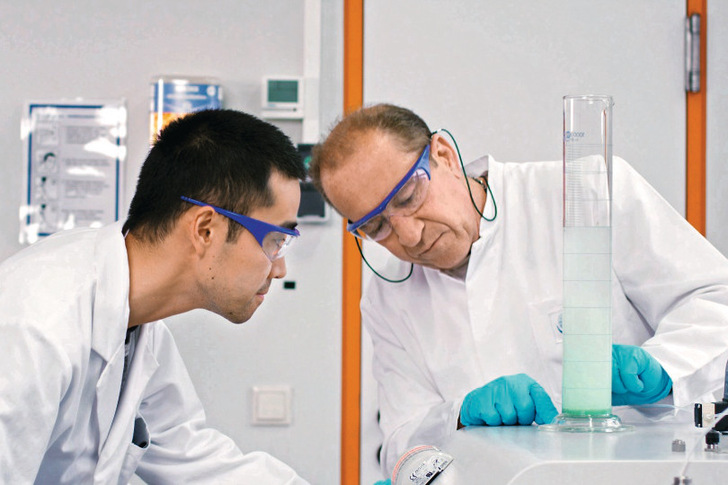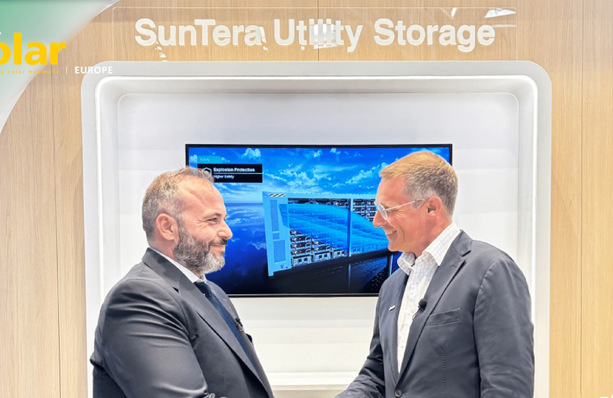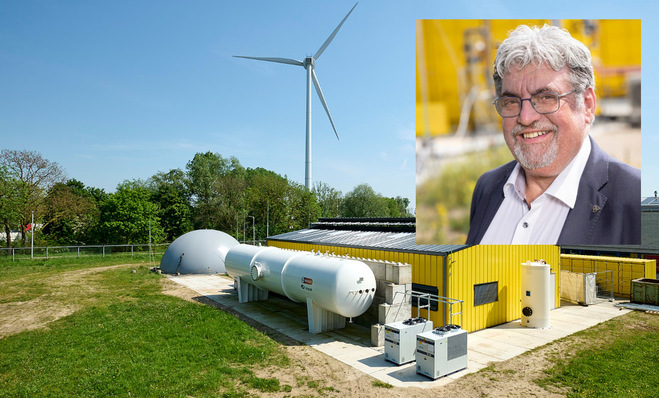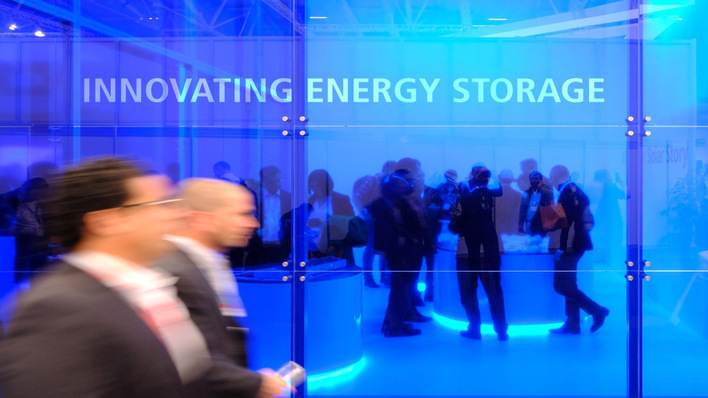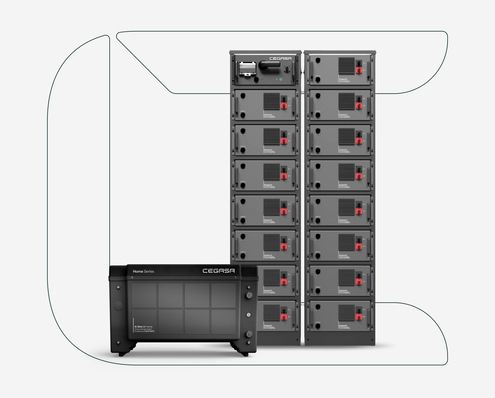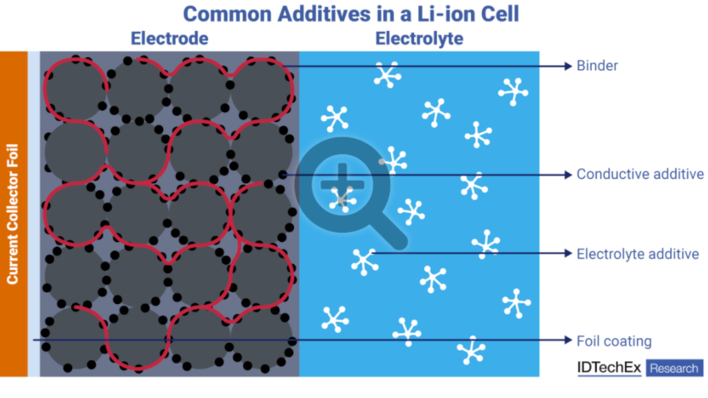The global demand for energy storage systems is growing. Lithium-ion batteries will only be able to meet this demand to a limited extent due to the use of critical raw materials. The search for alternative battery technologies is therefore in full swing: a promising project called the "four-volt sodium-ion battery" (4NiB) aims to make progress in this area.
In this project, the Centre for Solar Energy and Hydrogen Research Baden-Württemberg (ZSW) is working with three renowned partners to develop sodium-ion batteries that are not only powerful and cost-efficient, but also represent an environmentally friendly alternative. It is planned that biowaste will also be used.
German government funding for the next three years
The batteries are to be tailored to electric vehicles in urban traffic and stationary battery storage systems. The German Federal Ministry of Education and Research (BMBF) is funding the project with 1.35 million euros over a period of three years.
See also: Fraunhofer FFB looks into opportunities for sodium batteries
In addition to the ZSW in Ulm, the project partners of the 4NiB consortium include renowned institutions: the Helmholtz Institute Ulm-Karlsruhe with the Institute of Technology (HIU-KIT) and the Research Centre Jülich GmbH with the Institute of Energy and Climate Research. A further partner is the University of Freiburg with the Freiburg Materials Research Centre (FMF).
Batteries are a key element in the future scenarios for a sustainable energy supply and are indispensable, particularly for storing electricity generated from renewable sources and for electric mobility. The predicted increase in demand for energy storage from 700 gigawatt hours (2022) to 4,700 gigawatt hours (2030) requires not only the production of batteries, but also the provision of the considerable quantities of raw materials needed for this.
Sodium instead of lithium
Sodium-ion batteries are currently a young but rapidly emerging technology. In these batteries, sodium takes over the function of lithium. Sodium is available in large quantities and is inexpensive, as it can be extracted from sodium chloride (sea salt), for example.
The other key materials in sodium-ion batteries do not contain cobalt, nickel or lithium and can therefore be produced without critical raw materials. By dispensing with expensive copper foils in the battery and replacing the graphite currently used in lithium-ion batteries with alternative carbon compounds that can be obtained from renewable raw materials, it is not only possible to reduce costs but also to further improve sustainability.
Such sodium-ion batteries are already being commercialised in China, so Europe must follow suit as quickly as possible. However, it will still be a few years before this new type of battery becomes a real mass product, as there is still a great need for optimisation.
Revolutionary anode technology: hard carbon replaces graphite
The four-volt sodium-ion battery project focuses on the development and optimisation of anodes, cathodes and electrolytes in order to create a high-performance, cost-effective and environmentally friendly sodium-ion battery. The main objective of the project is to present a high-performance cell in pouch format that achieves a specific energy of over 200 watt hours per kilogramme.
On the cathode side, the goal is to develop high-voltage cathodes at four volts. The focus here is on the development of safe, high-voltage stable mixed phosphates made from polyanions. Simulations are used to determine the optimum composition of the transition metals used in order to maximise the stored energy. The anode is produced based on hard coal from biowaste, utilising primary products that are abundant in Germany and elsewhere.
Also interesting: Varta in Austria extends its R&D capacities
The electrolyte will be a non-aqueous liquid to which a so-called ionic liquid can be added to increase conductivity and safety. Strategies for pre-charging (pre-sodding) such batteries are also to be developed in order to maximise the energy in the battery.
What is the ZSW?
The Centre for Solar Energy and Hydrogen Research Baden-Württemberg (ZSW) is one of the leading institutes for applied research in the major topics of the energy transition: Photovoltaics, wind energy, batteries, fuel cells, electrolysis, eFuels, circular economy, policy advice and the use of AI for process and system optimisation. Together with industry, we pave the way for new technologies to enter the market. More than 300 colleagues and around 100 research and student assistants work at the ZSW locations in Stuttgart and Ulm. The ZSW also operates a test field for wind energy and another test field for PV systems. The ZSW is a member of the Baden-Württemberg Innovation Alliance, which consists of ten business-oriented research institutions. (mfo)


